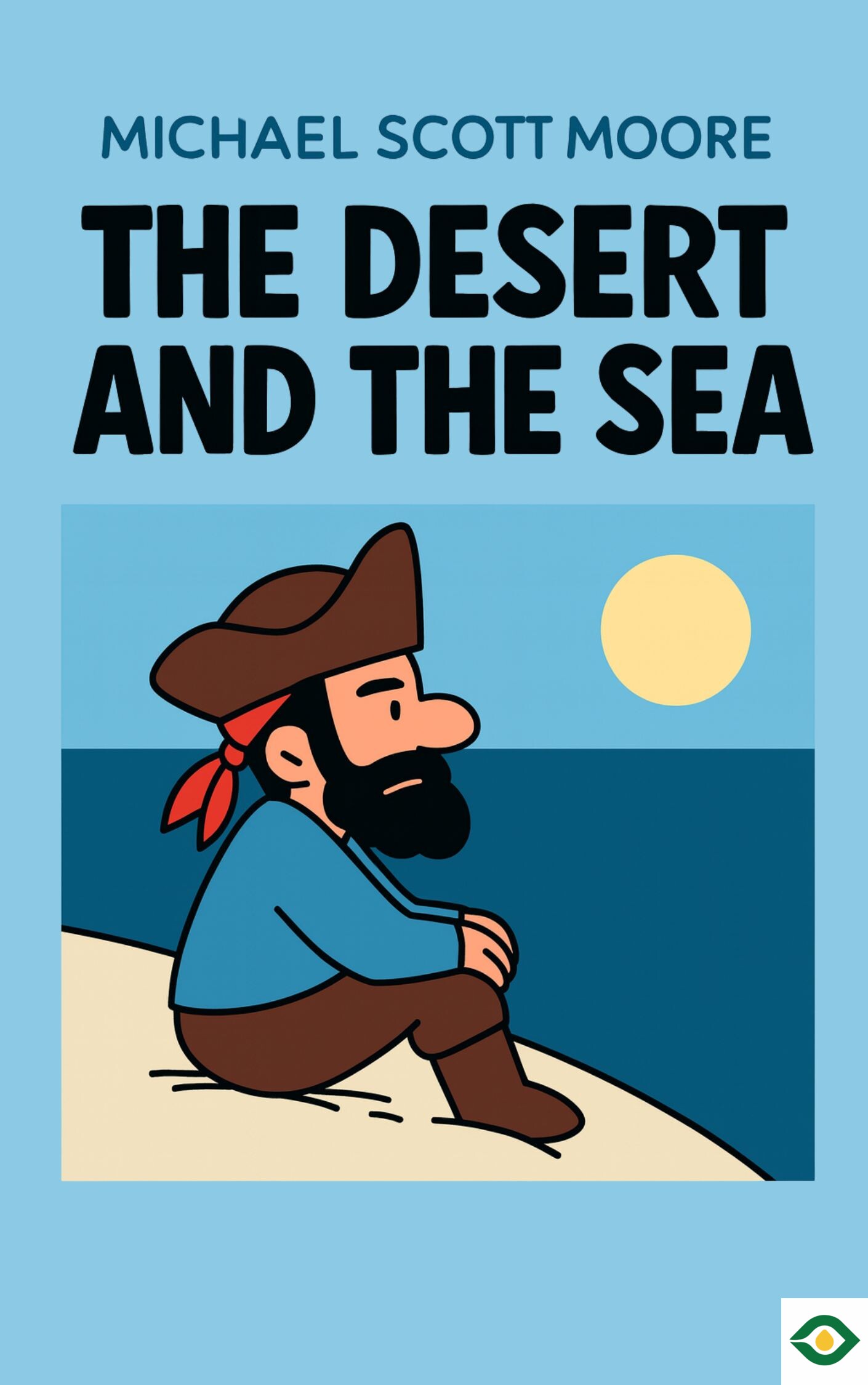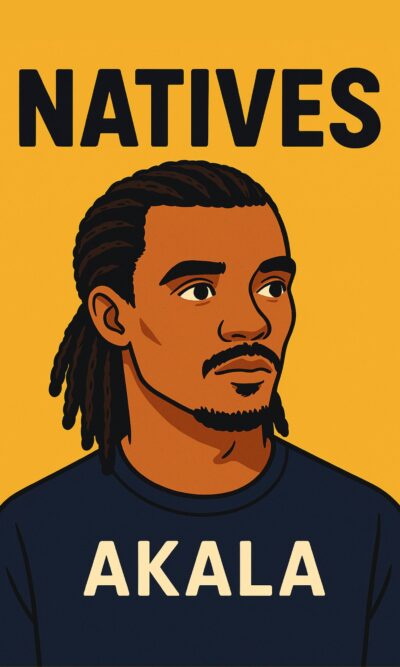Description
Michael Scott Moore was drawn to the mystery and danger of modern-day pirates. Growing up, he was fascinated by tales of swashbuckling outlaws from books and theme park rides. As an adult and journalist, this fascination took him on a bold journey to Somalia—a country where piracy was far from a fairytale and far more brutal. His goal was to write a book about the rise of Somali piracy and understand the human stories behind it. Instead, he became one of those stories himself.
Somalia had been in chaos for decades. After the fall of its federal government in 1991, lawlessness ruled the seas. International ships began fishing in Somali waters without permission, taking away a major food and income source from locals. This led some Somalis to form pirate groups to defend their coastlines. Over time, these groups turned into powerful criminal networks. What began as an act of protection became a dangerous form of organized crime.
Moore, based in Berlin at the time, followed a trial involving ten Somali pirates caught trying to hijack a German ship. Through this, he met people with connections in Somalia and arranged a research trip in 2012. His plan was simple: visit key areas, interview pirates, and gather stories. But his journey was more dangerous than he imagined.
Despite taking precautions and having local guides and clan protection, signs of trouble appeared early. Strange behaviors, suspicious comments, and odd encounters all pointed toward danger. One unsettling moment occurred during a dinner when Moore was ceremoniously offered the most honored piece of meat. While it was meant to show respect, it felt staged—like a farewell ritual, not a friendly gesture.
Soon, the worst happened. On the way back from the airport, his car was ambushed. Armed men attacked, breaking his glasses and shattering his wrist. He was kidnapped and thrown into a vehicle. Just like that, he was no longer a journalist; he was a hostage. Over the next 977 days—nearly three years—he was moved from place to place, never knowing what would happen next.
In captivity, Moore had to survive emotionally as much as physically. The isolation was crushing, but other hostages helped him endure. He befriended Rolly Tambara, a fisherman from the Seychelles, and eventually met a group of international captives from countries like China, Indonesia, and the Philippines. They formed a strange but supportive community, creating a shared language out of bits of English, Chinese, Spanish, and more.
Life as a hostage was deeply confusing. The pirates had their own code—rooted in both religion and contradiction. Many were addicted to khat, a stimulant leaf that shaped their entire routine. Some prayed five times a day as practicing Muslims, while also using Islam to justify stealing from non-Muslims. One pirate argued that the chaos in Somalia made their actions acceptable, even righteous. To Moore, their beliefs felt less like faith and more like tribal pride.
The pirates’ behavior was often irrational. They initially demanded a million ransom—a number completely detached from reality. Phone calls with his family were filled with impossible deadlines and emotional threats. In one bizarre episode, Moore was forced to ask a hostage negotiator to contact President Obama and request a letter declaring the main pirate innocent. The ridiculous demand showed just how out-of-touch and desperate the captors were.
Amid all this, Moore struggled with his own mental health. Days blurred together in boredom and fear. He was often hungry, weak, and unsure if he’d live to see another day. At his lowest, he considered suicide. But thoughts of his family, daily routines like yoga, and even a simple radio helped him hold on. A turning point came when he heard Pope Francis on the radio speak about mercy and sin. The words hit him deeply, leading him to reflect on his own feelings. He realized that anger was a choice. He didn’t have to hold onto hate to survive.
Letting go of bitterness didn’t make captivity easier, but it gave Moore clarity. He stopped hoping for a specific outcome and instead learned to live in the moment. He focused on staying mentally strong and grounded.
Then, without warning, it ended.
One day, Moore was told to get into a vehicle. The guards said he was free. After nearly three years of false promises, he didn’t believe it. But the Land Rover took him through Galkayo, and eventually, to an airport where a hired pilot flew him to Mogadishu. From there, he flew back home to Berlin.
Coming home wasn’t easy. His body was frail, and walking even short distances was painful. Mentally, he had to rebuild himself. But his recovery was helped by a surprising decision from a psychologist—not to label him with PTSD. That choice gave Moore power over his own story. He didn’t feel like a victim defined by trauma. He was simply someone who had survived something unimaginably hard.
The experience changed him forever. He’d gone to Somalia looking for a story. What he got was a lesson in human strength, the randomness of fate, and the importance of emotional clarity. The pirates may have taken his freedom for nearly a thousand days, but they could never take his will to keep going.
In the end, Moore’s story is not just about piracy, survival, or politics. It’s about what happens when everything you depend on is stripped away—and the quiet strength that keeps you alive when nothing else can.





